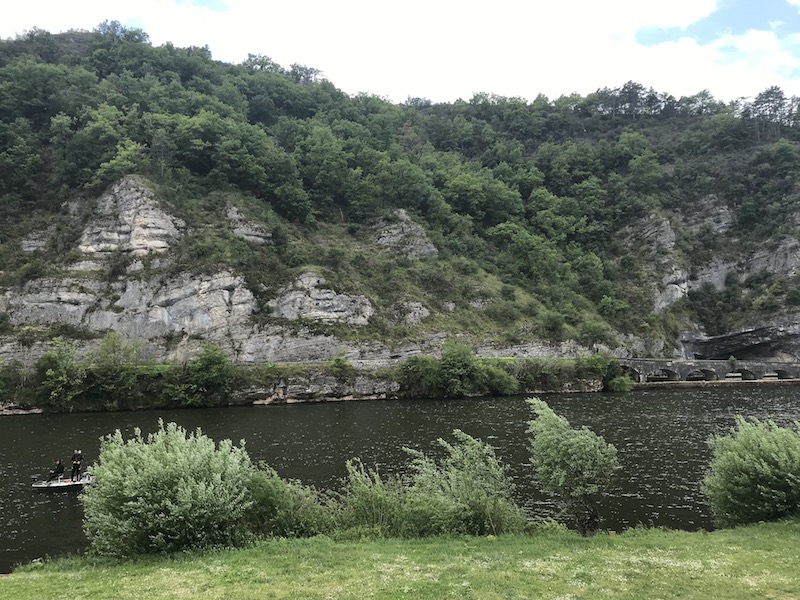Our Blog - Cahors, France
Not exactly a pickle festival (my former colleagues at work will understand the reference), but this weekend we stopped at the town of Cahors on our way to a Strawberry Festival in Nabirat (that will be a separate blog entry). Cahors itself has about 20,000 people and is situated in a thumb-shaped piece of land where the Lot River meanders. It is interesting in that it is surrounded by water and steep cliffs on 3 sides. It is another very old town, going back to BC times with Gauls who settled in this area. By the 1st century, it was a Gallo-Roman town with some remnants of the Roman "oppidum" still being visible, such as the Arc of Diana and parts of the Roman amphitheater. This has also been a wine region for a very long time, with important vineyards created as early as 50 BC.
After spending a day driving through the area stopping at several vineyards, we spent Saturday taking in the sights of the city. Our first stop was Pont Valentré, which is an iconic monument of the city. The bridge was built between 1308 and 1380 entirely out of cut stone, and has 8 arches and 3 towers. There are stairs going up to each of the towers and Tom decided to do a bit of climbing to get an eagle-eye view of the river and the city.


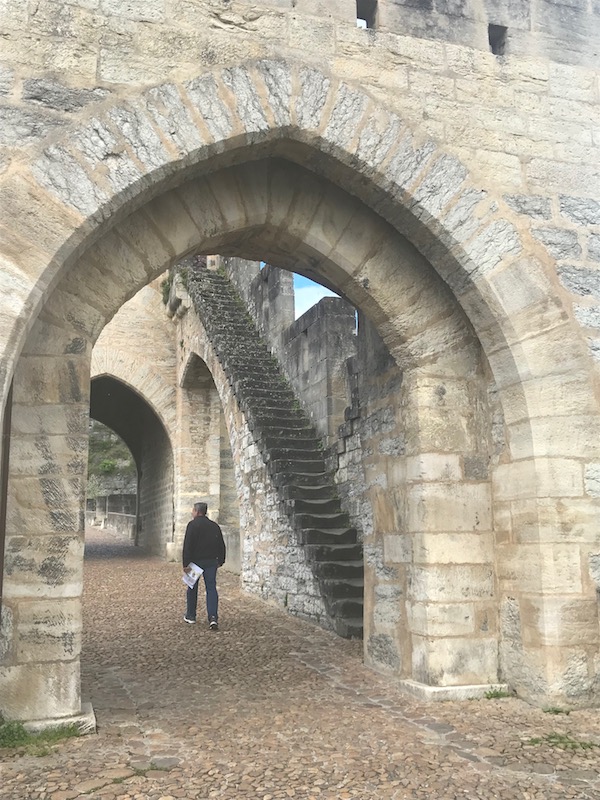
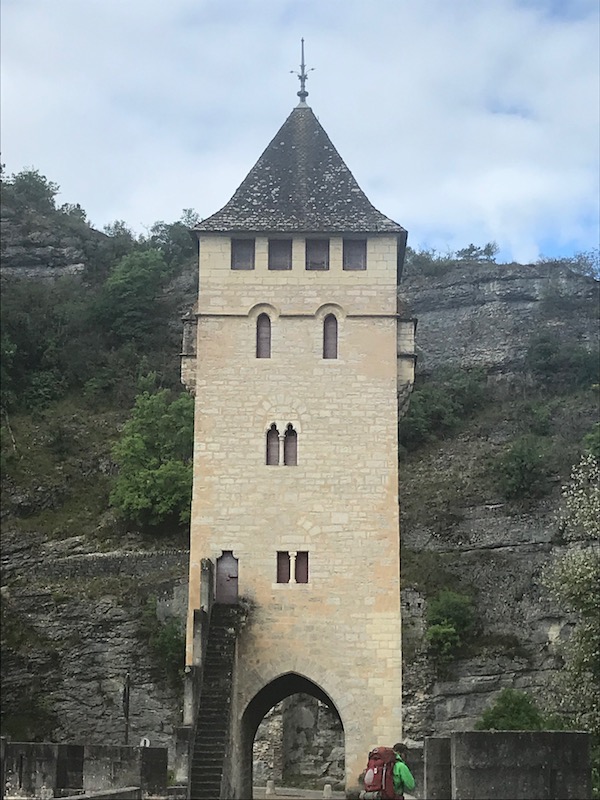
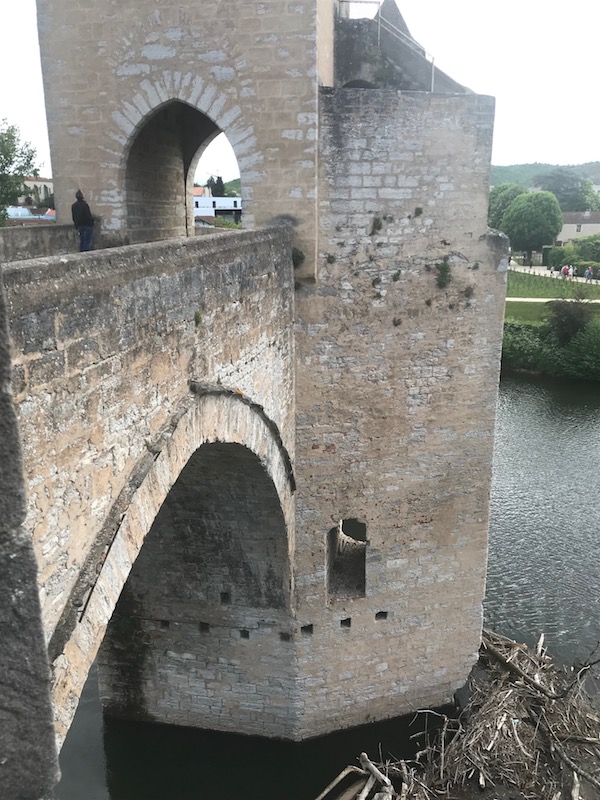

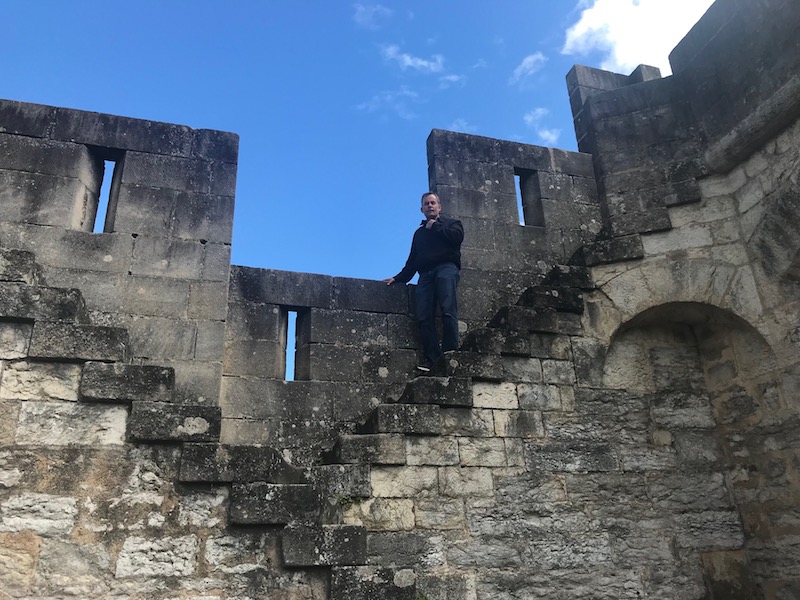
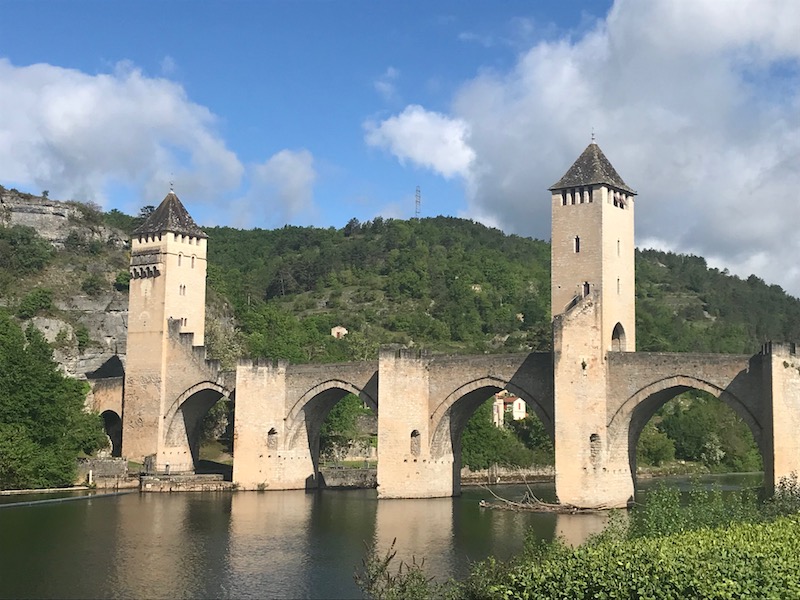
Nearby was an old grape press dating back to the 18th century from a nearby Château/vineyard.


The remains of a Gallo-Roman amphitheater of the 1st century are hidden under the alleys Fénelon. In the shape of an oval of 110m long and 90m wide, a part is visible to the public on the 1st floor of the underground parking garage. They were discovered in 2007 during the construction and, thankfully, the city decided to keep the visible section option to the public instead of covering it up or destroying it.
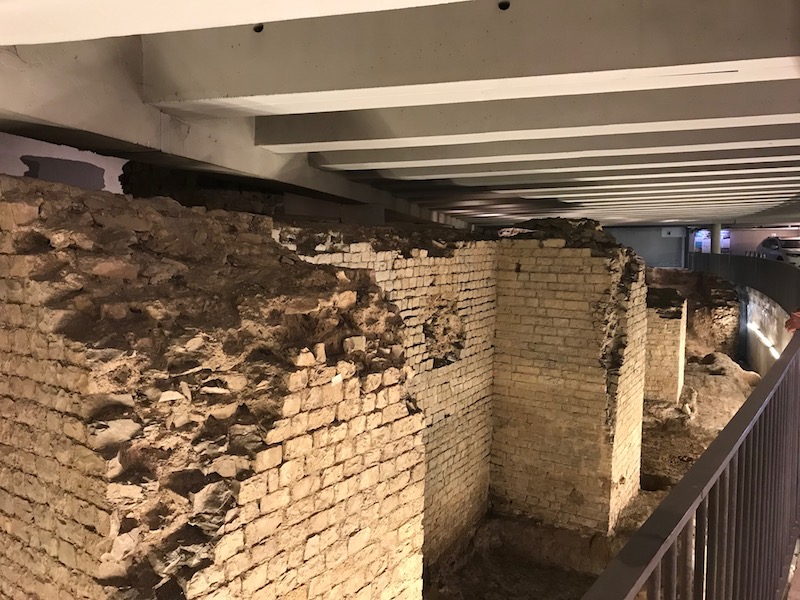

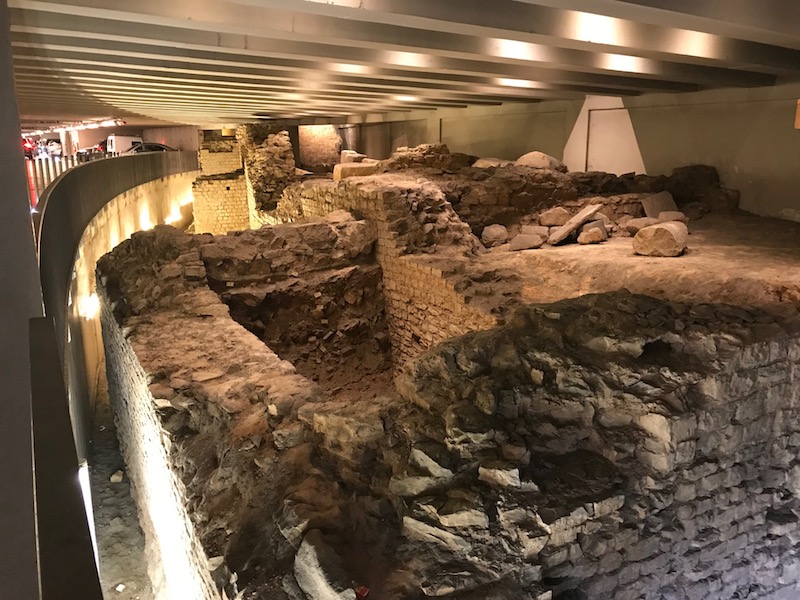
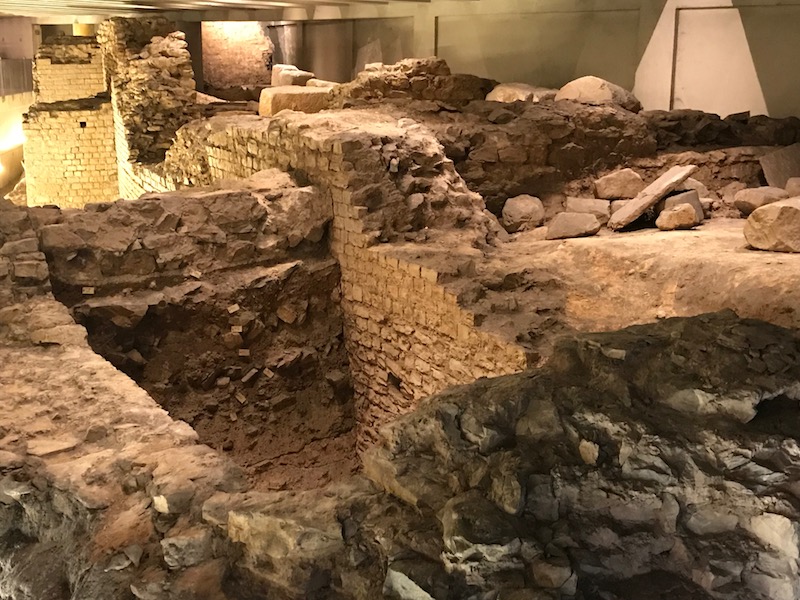
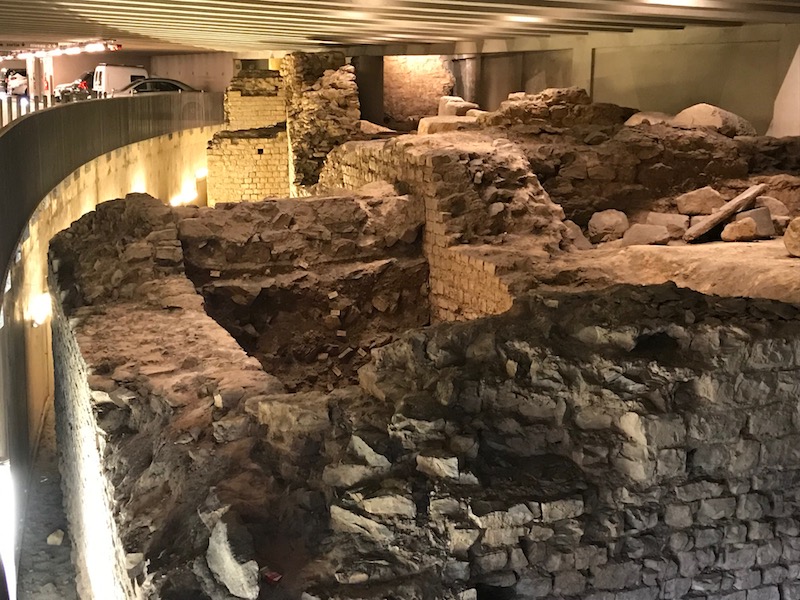
To give perspective, this is a picture that was taken by the city during the excavation of the parking garage and the amphitheater. The 2nd picture shows the building in the upper-right, which is a former library, and you can see how everything has been paved over to make a nice plaza (with the parking garage and amphitheater below).
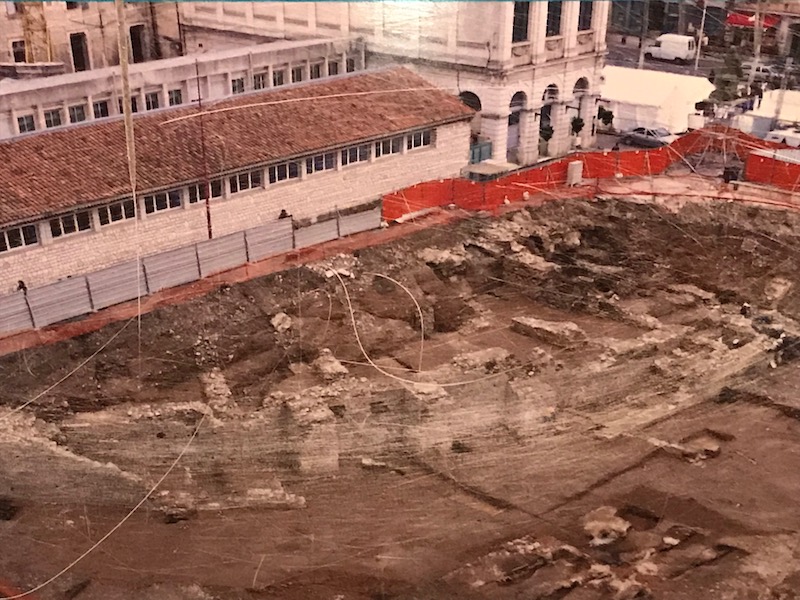
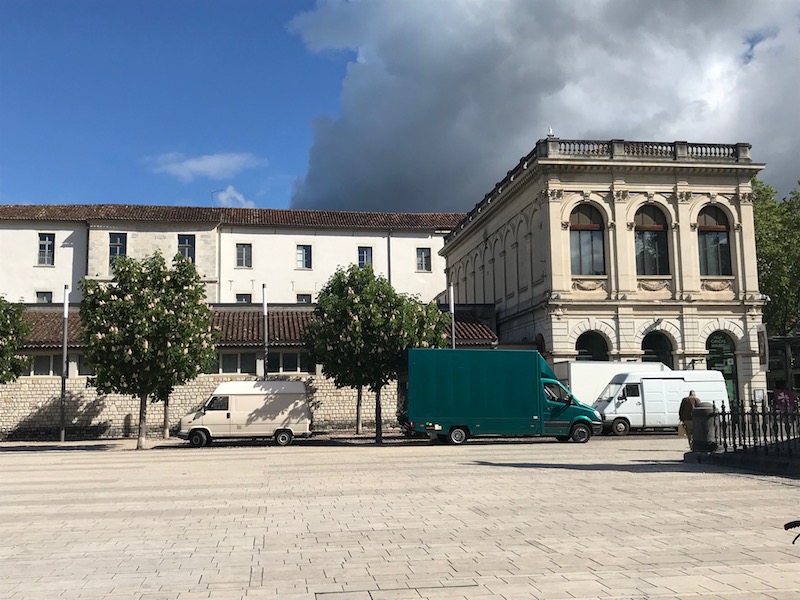
A nice fountain and statue of Leon Gambetta. I didn't realize it until I got the pictures off the phone that I caught a great rainbow in the fountain. Gambetta, born in Cahors in 1838, is well-known French statesman and defender of the 3rd Republic.

We were also lucky enough to be in town for the market day, which takes place on the plaza in front of and on the side of the Cathedral (you can see one of the entrances to the Cathedral on the left).

The Cathedral Saint-Etienne (or Saint Stephen's Cathedral) which incorporates Gothic, Romanesque, and Byzantine architecture. It was built in the beginning of the 12th century. From this side of the church, it gives a fortress-like appearance, resembling the wall of a castle.
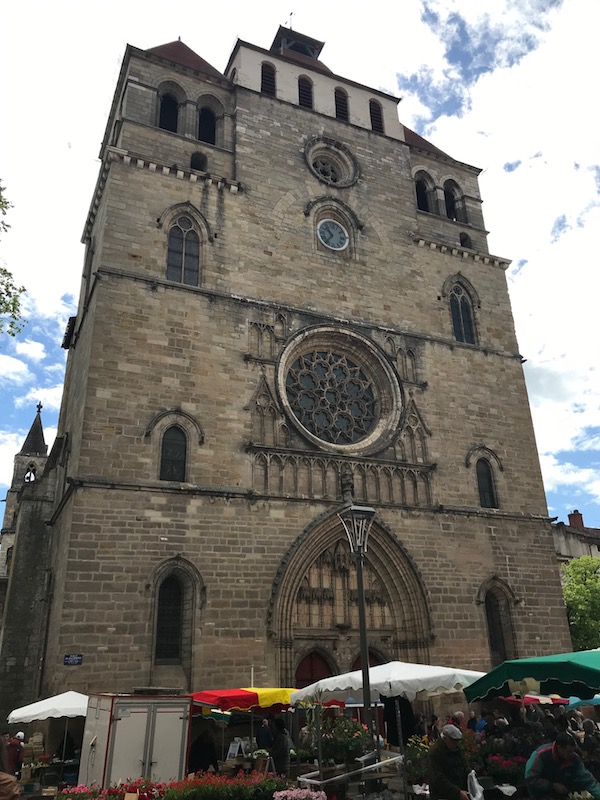
The North portal was carved in 1140, and is surmounted by a remarkable tympanum whose sculptures are of a transitory style between the Romanesque and the Gothic. The theme is the Ascension of Christ and the life of Saint Stephen.

Inside, it is a single nave with no transept, with side chapels. One of the chapels, the Chapel of the Virgin, contains the tomb of Alain de Solminihac, which was moved to the cathedral in 1793.
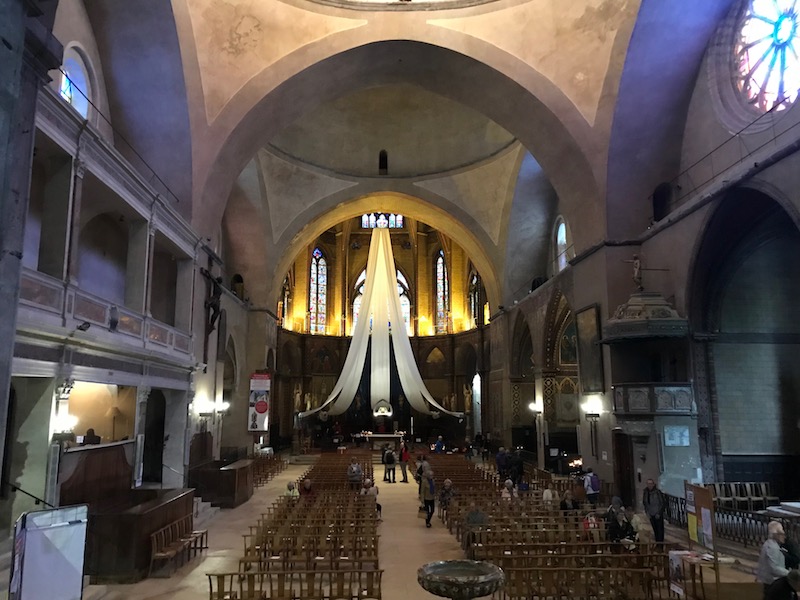
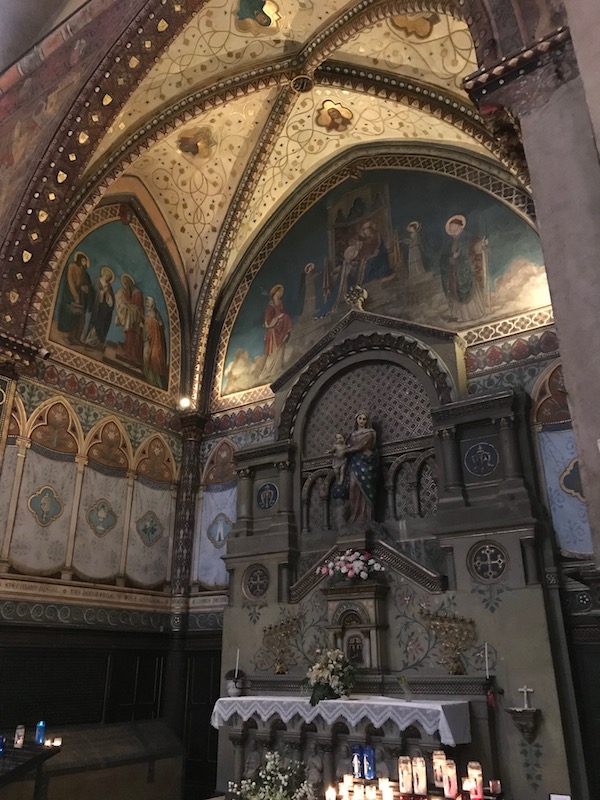
There is a large cupola (the Byzantine part of the architecture) with paintings of various prophets.

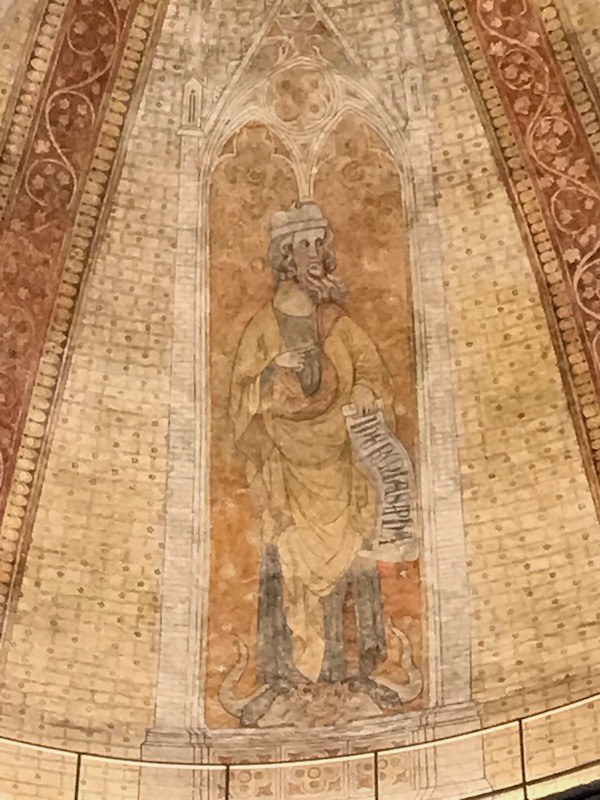
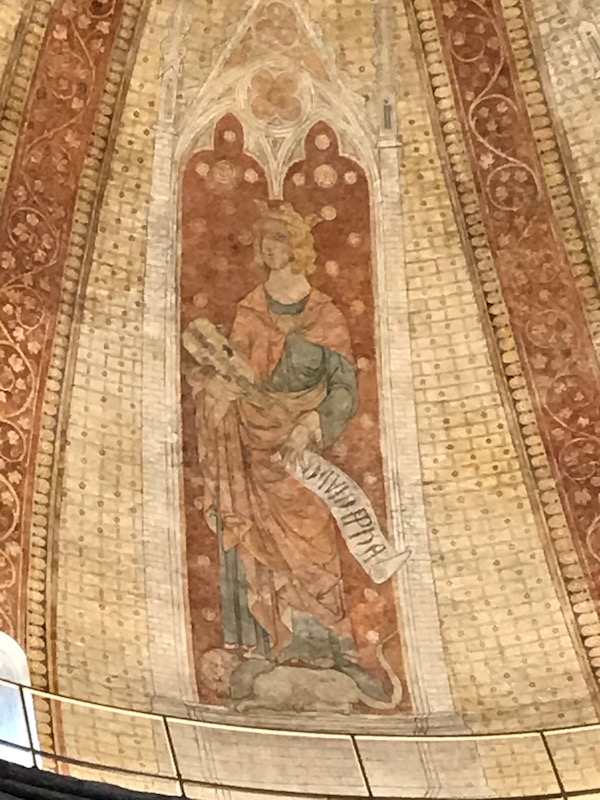
This painting, which I suspect is part of the story of Adam and Eve, was over the main door.
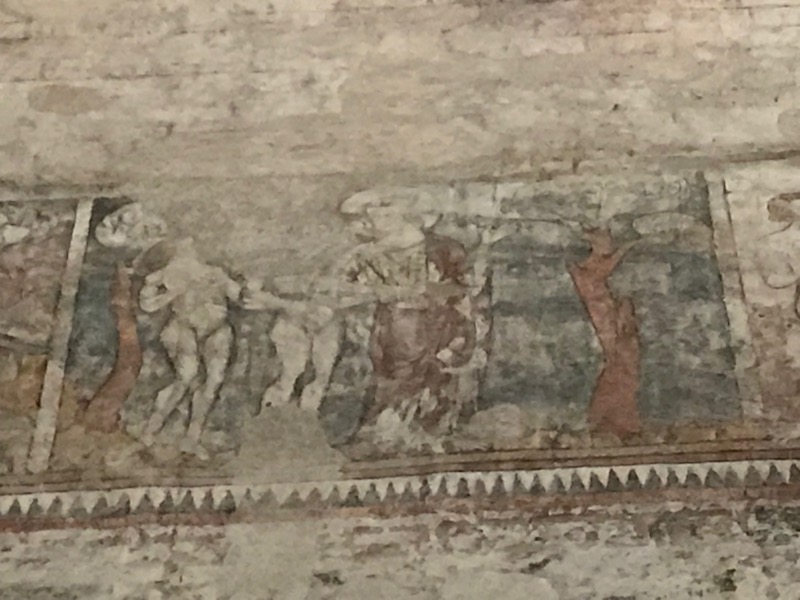
Stained glass ... there are two very different types of windows here: ancient and modern. The original 17th century windows are gone and the "ancient" windows date from 1872-1873 and are mainly in the choir section.
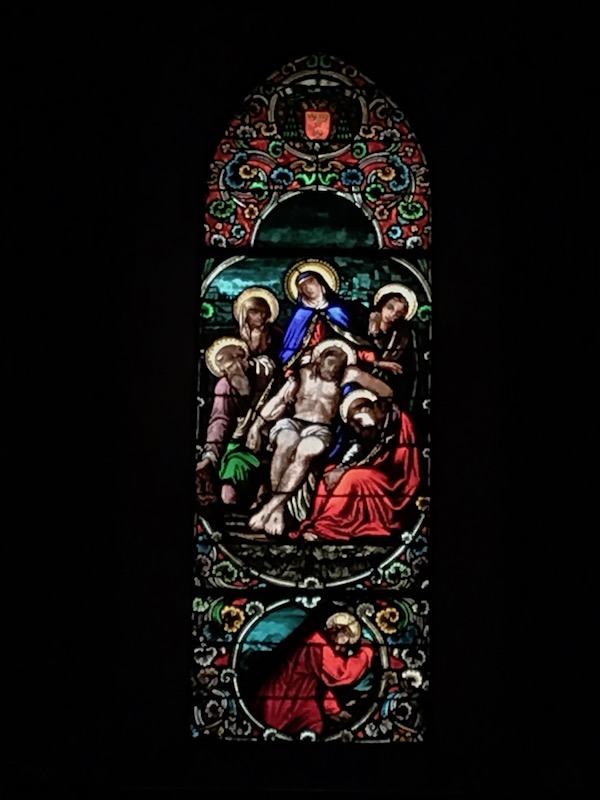
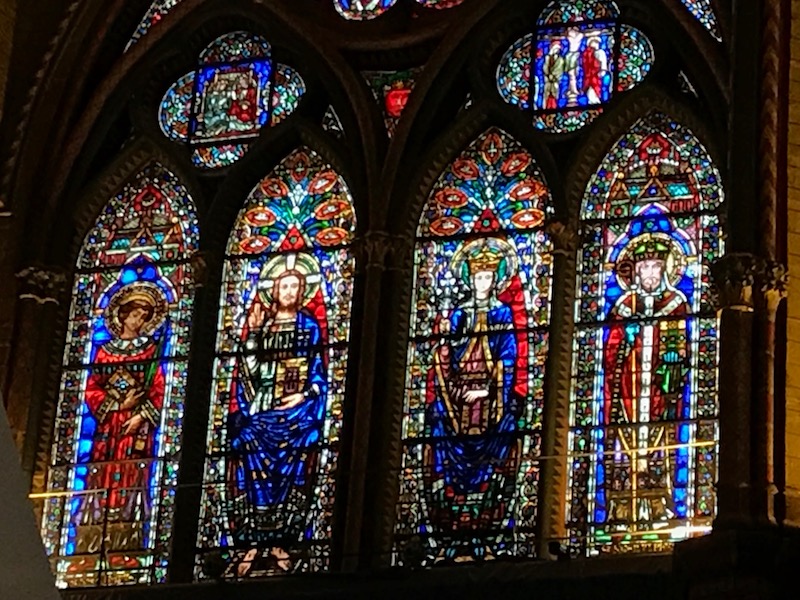
The modern windows come from a restoration done in 2013, and these windows tend to be in the nave area. While I'm a big fan of stained-glass, the modern ones weren't entirely to my taste (although I thought for modern stained glass windows, they weren't THAT bad). The last picture actually was taken from outside, and it actually looks quite nice from the outside as well.
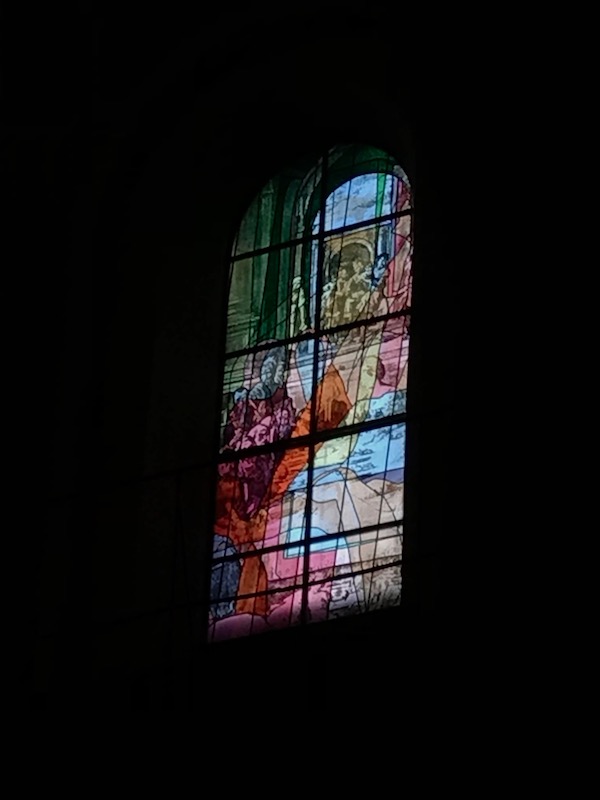
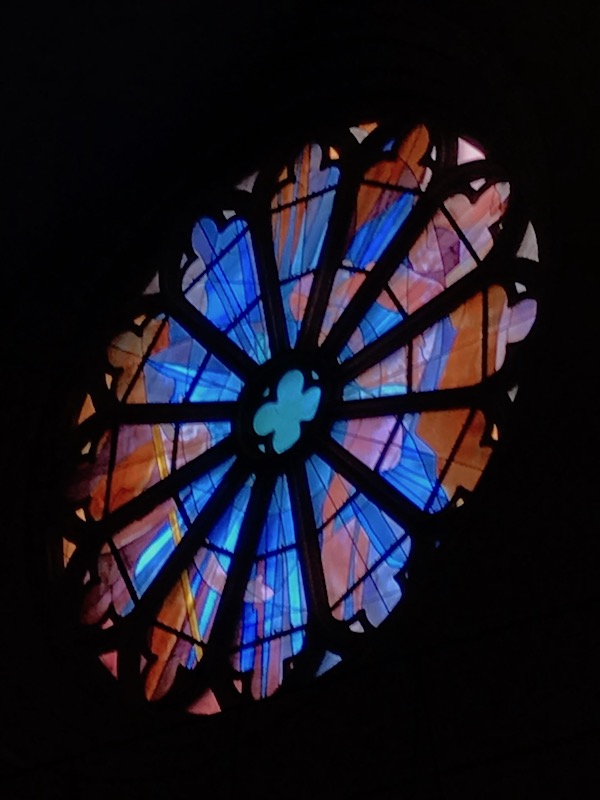

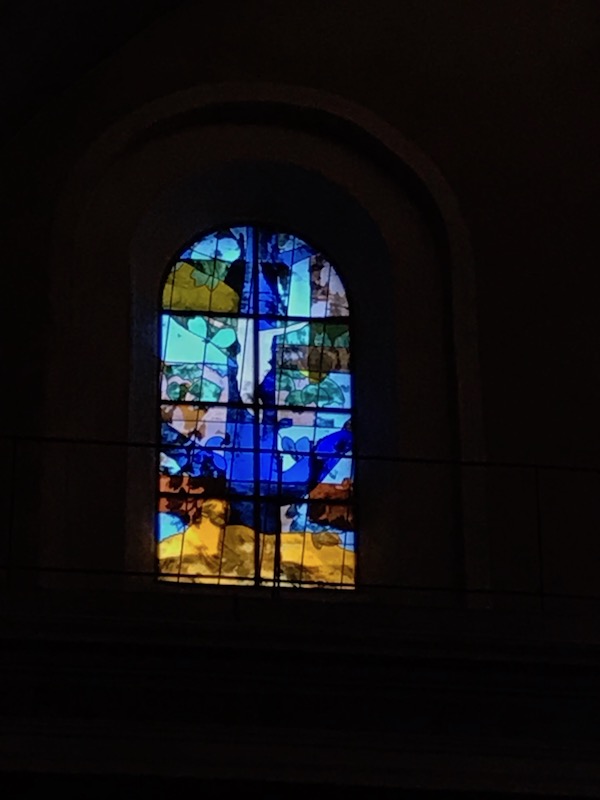
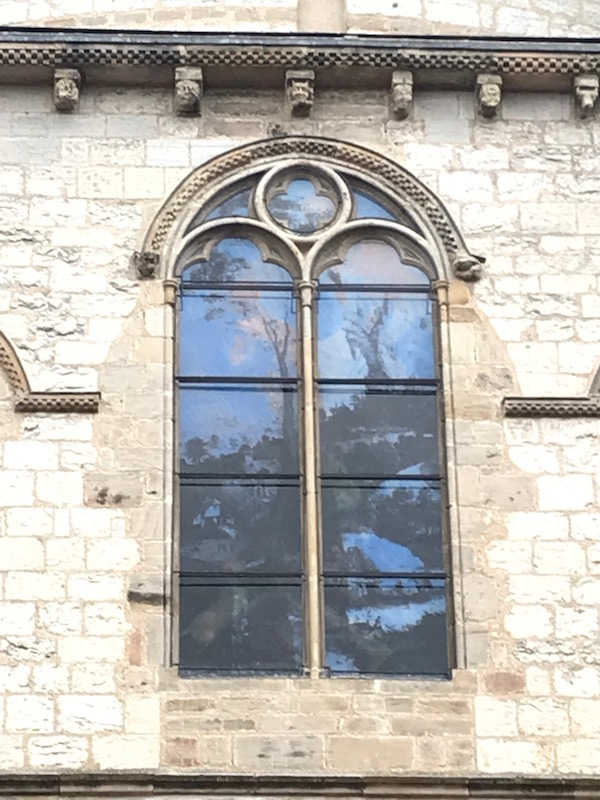
One of the paintings, this one of Saint Paul with the sword.
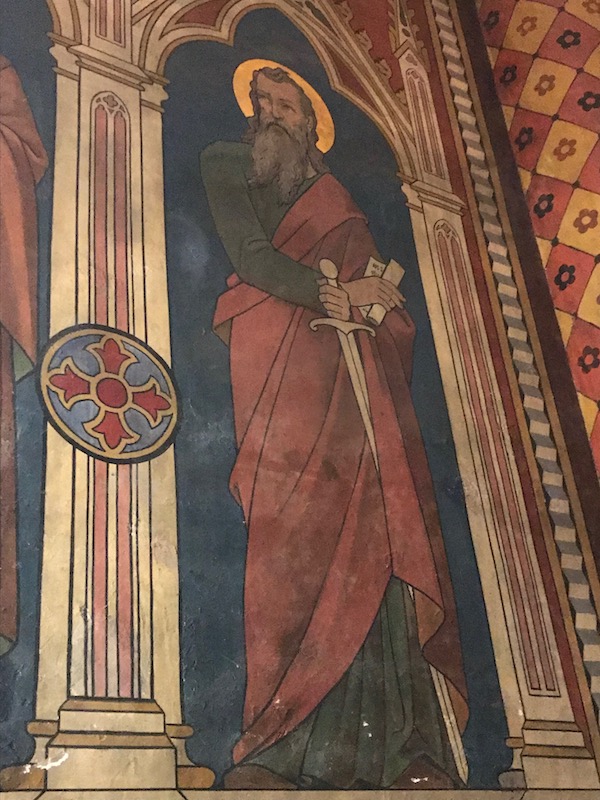
The entrance to the cloister changes style to Flamboyant Gothic.
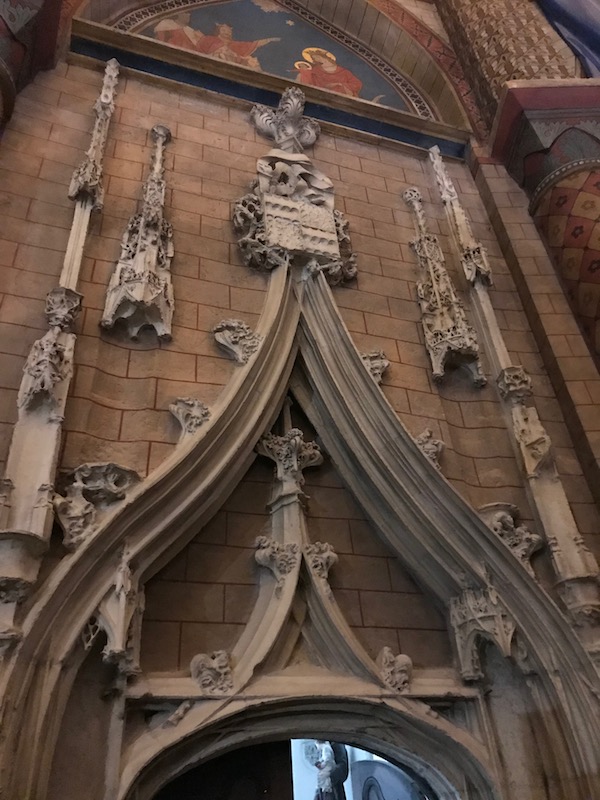
The cloister is a masterpiece of Flamboyant Gothic style. It was constructed between 1493 and 1553 and while it isn't in the best shape, you can still get an idea of how elaborate the carvings and gothic ribs were.
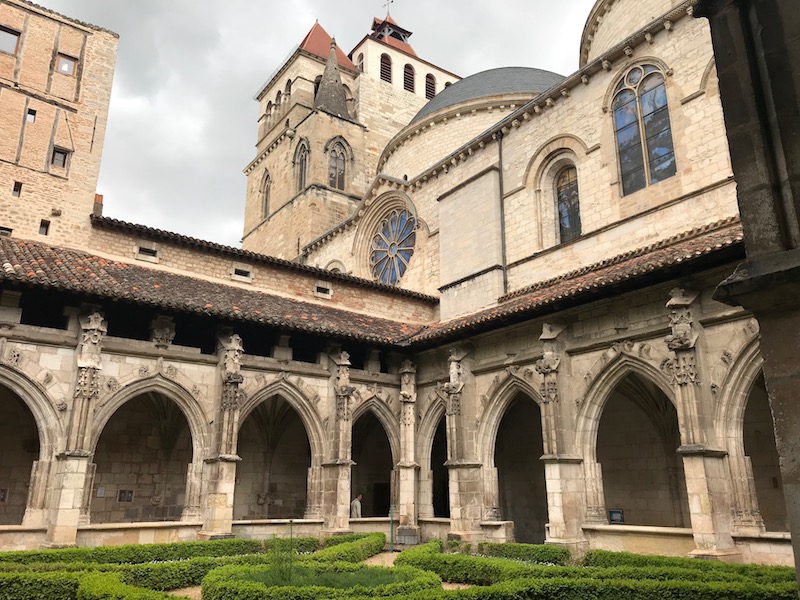
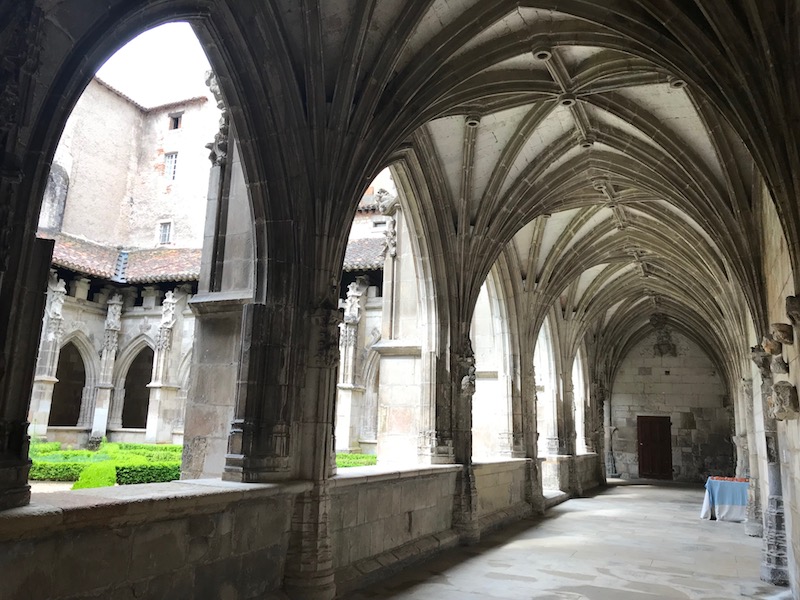

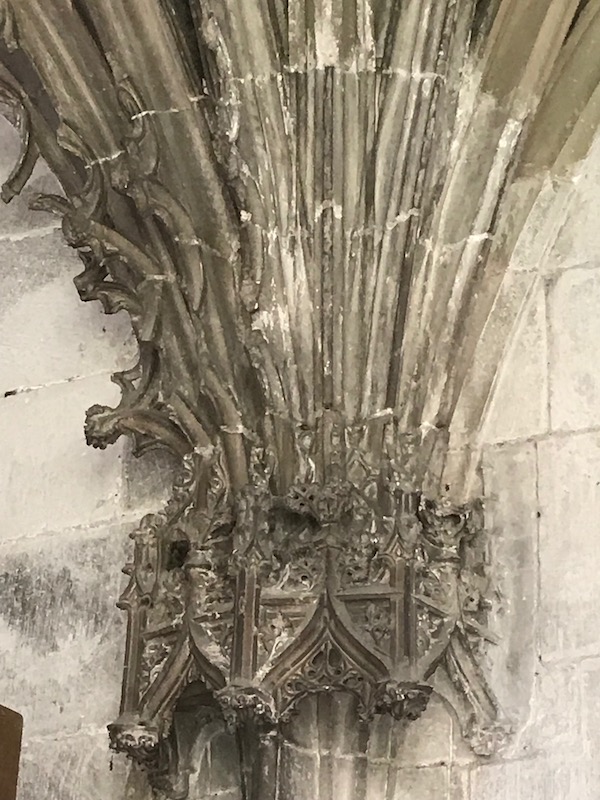 \
\

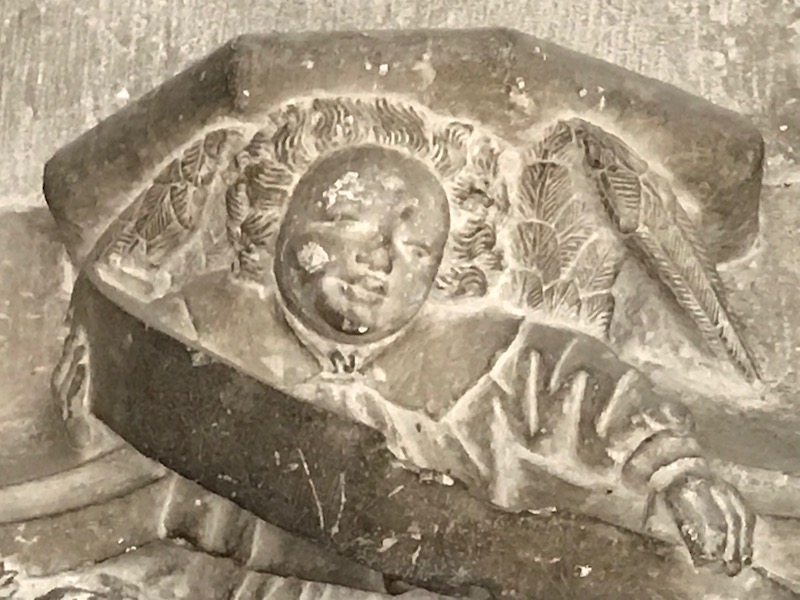
This monumental ball clock was offered to the city of Cahors in 1997. Designed by Michel Zachariou, it took two years of work. In all, it is 54 balls of pinball of 80 grams each that make work the clock. According to its designer, it can last forever as long as it is maintained. I apologize for the reflections in the last 2 pictures, but I was trying to get pictures of the inner-workings to show a bit how these pinball-sized metal balls come down and go back up to run the clock.
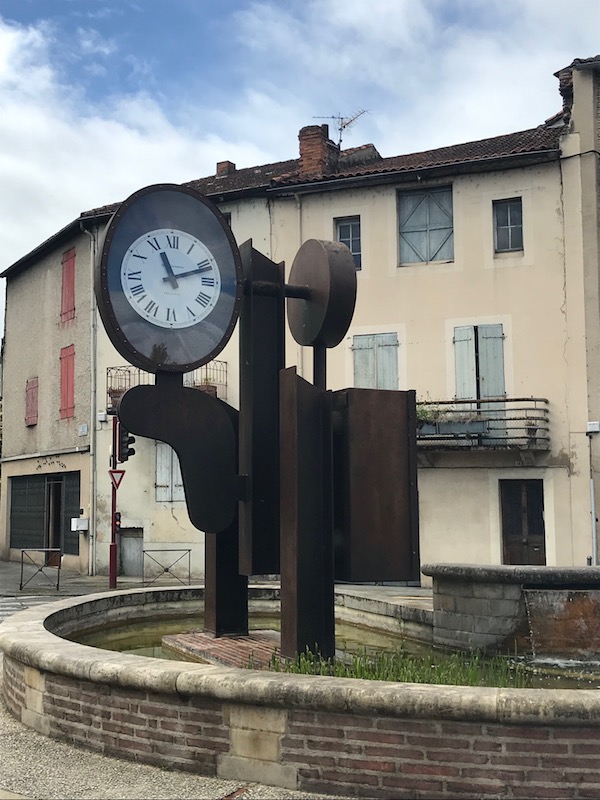
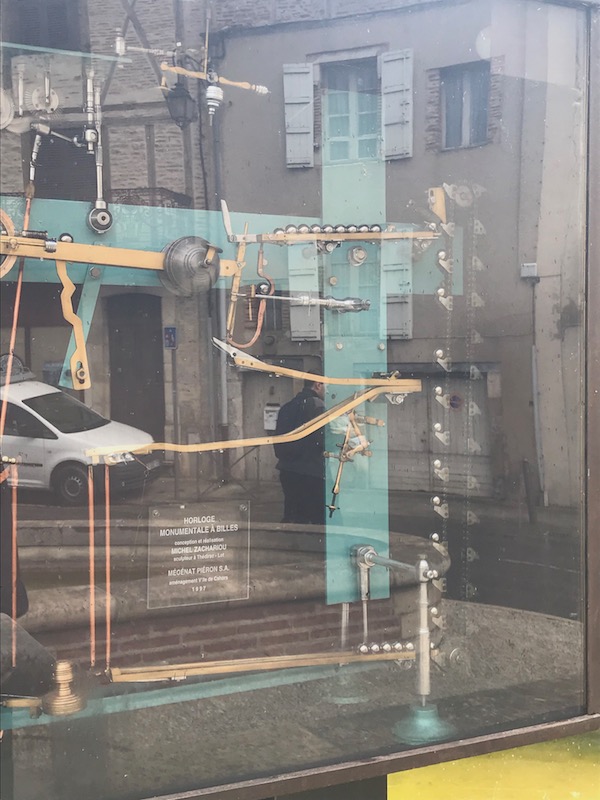
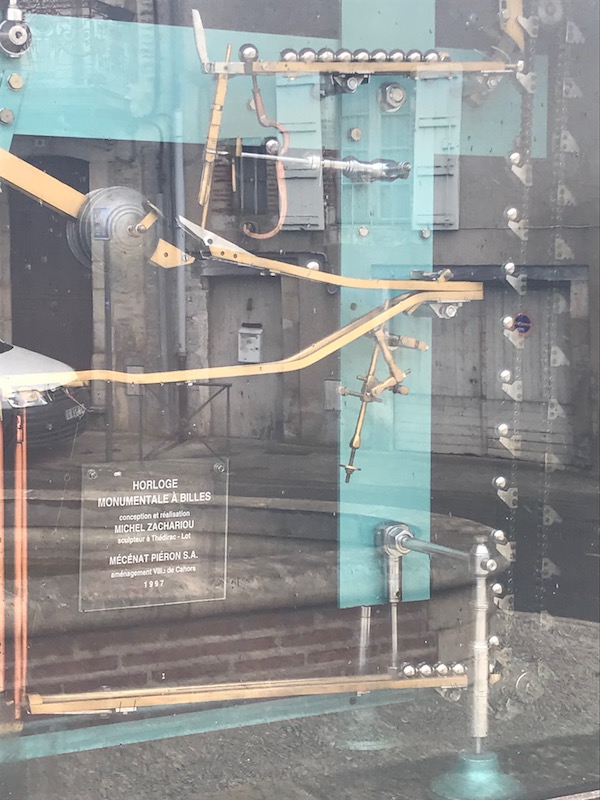
12th century Église Saint Urcisse is one of the major buildings in Cahors to reflect the transition from Romanesque to Gothic architecture in the region. Unfortunately, the building is no longer stable and, therefore, it is closed to the public.
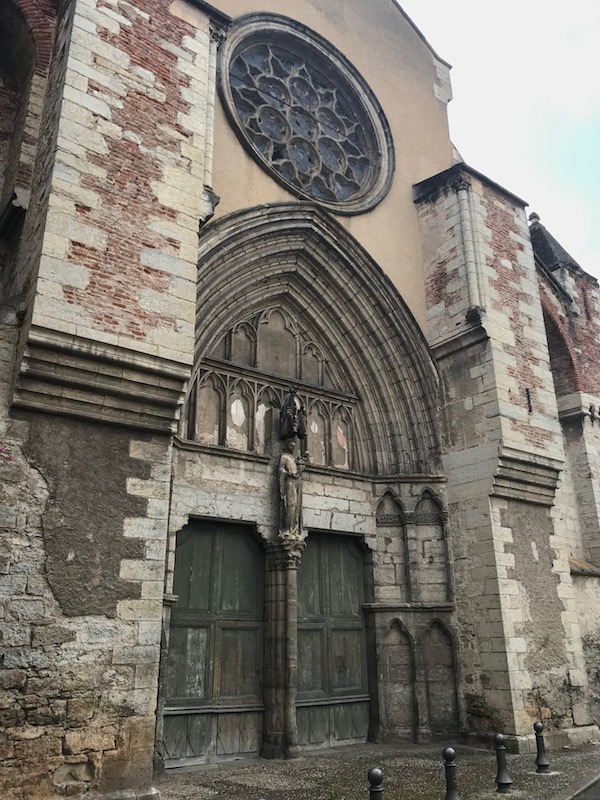
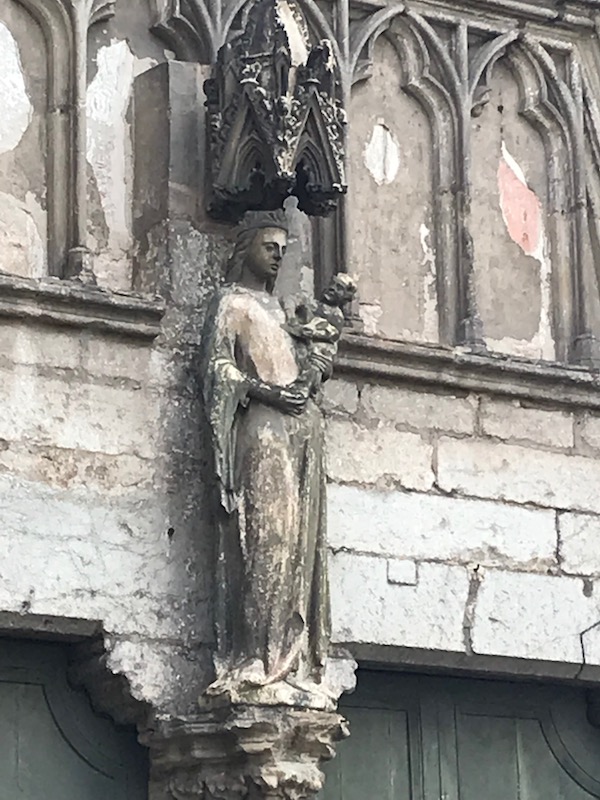
Located in the heart of the Daurade district, across from a beautiful little park, are these magnificent houses built between the 13th and 17th centuries with various styles of medieval façades.

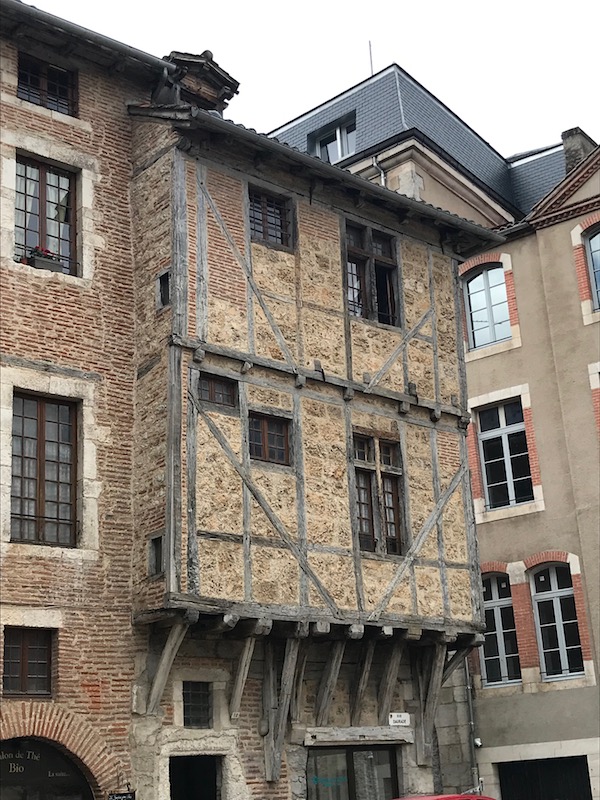
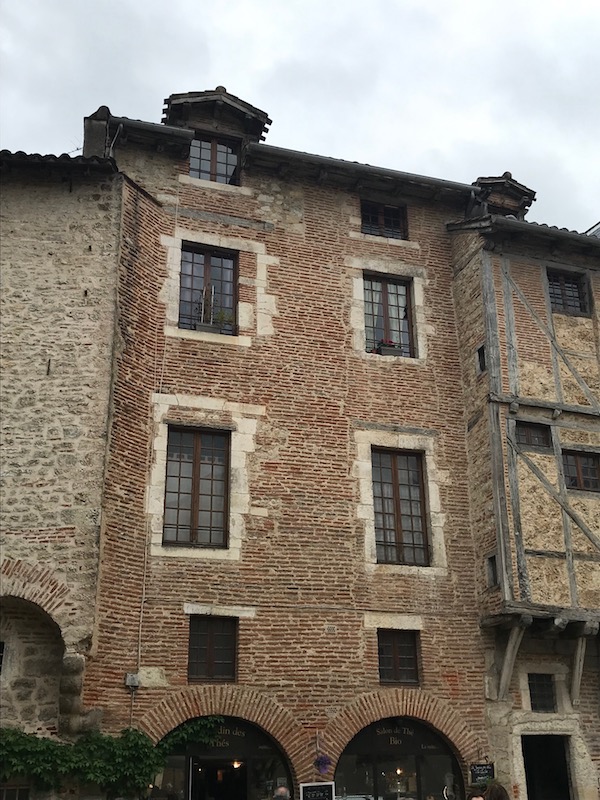
At the North limit of the ancient city, we find a 16th-century guardhouse called the Barbican that served as one of the access points to the city.
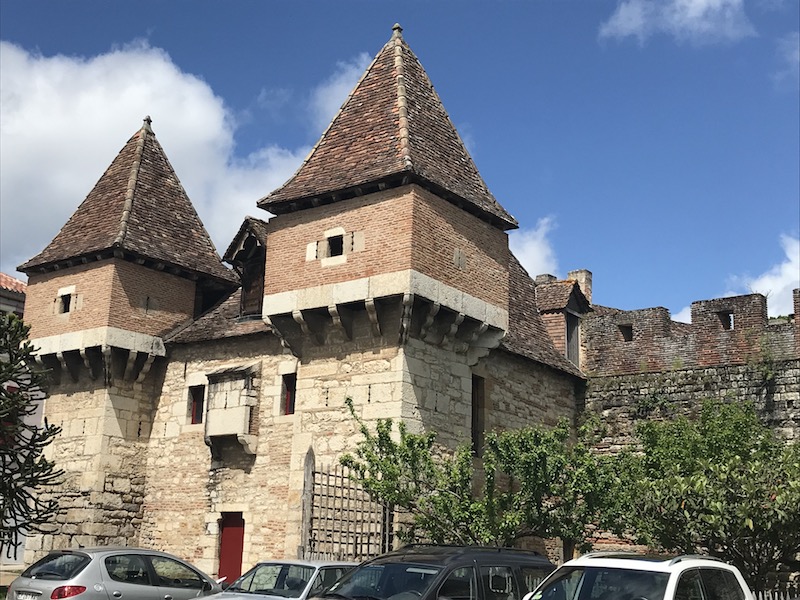

The 14th-century fortifications actually date from before the Barbican was built and one of the ancient gates to the city was the Saint Michael Gate. If you go through the Saint Michael Gate, you go into a large cemetery.
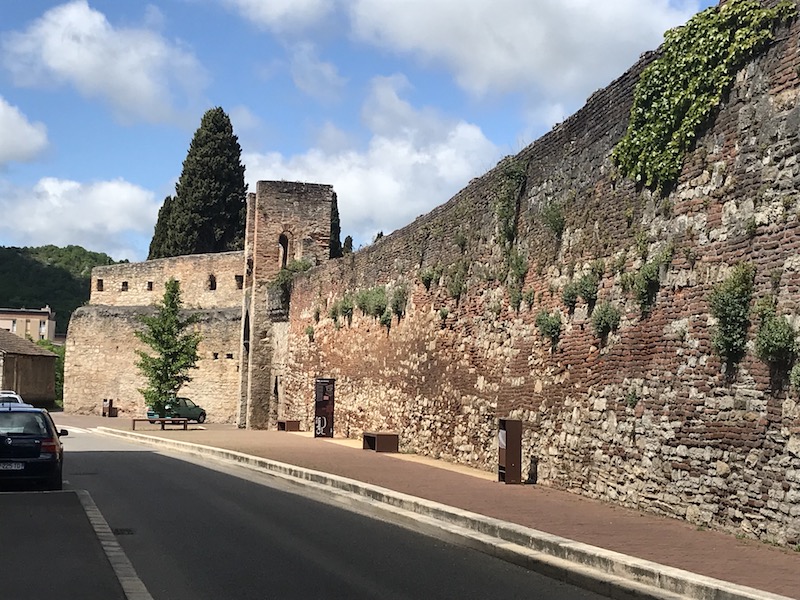
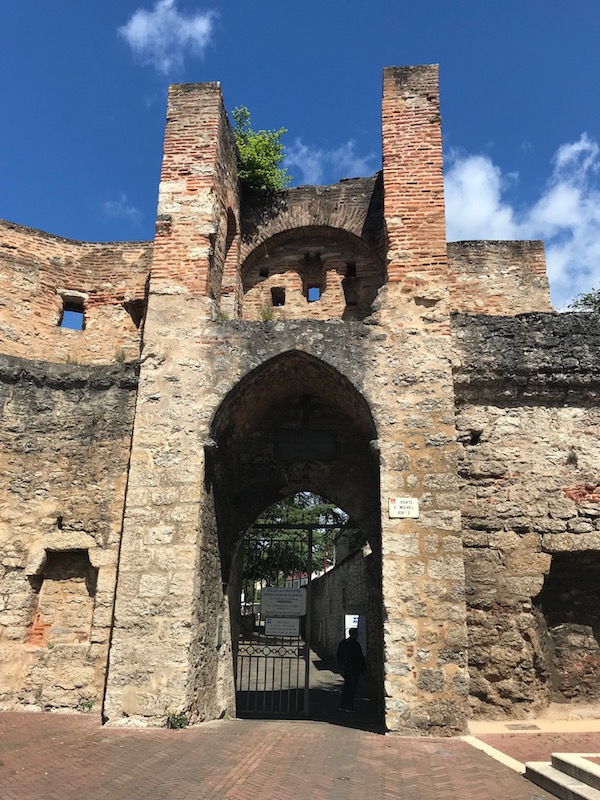
The Tower Jean XXII is the only vestige of the palace inhabited by Pierre Duèze, who had a palace built next to the Saint Barthelemy's church in the 14th century. The main features that you can see in the tower are the 5 floors of twin windows. His brother, Jacques Duèze, was born in Cahors in 1244 into a well-to-do bourgeoisie family. He was elected pope in 1316, under the name of John XXII.

Our lunch stop ... Beziat Frères. You can see the sign "Champion du Monde" ... this is a boulangerie (bakery) and patisserie (pastry stop) opened about a year ago by 2 twin brothers in their early 20th. Just recently, the baker-brother won the title for the best traditional French baguette in the Occitanie region and he will be competing for the title of the best traditional French baguette in all of France later this month. We had a sandwich on a traditional baguette (of course!!).
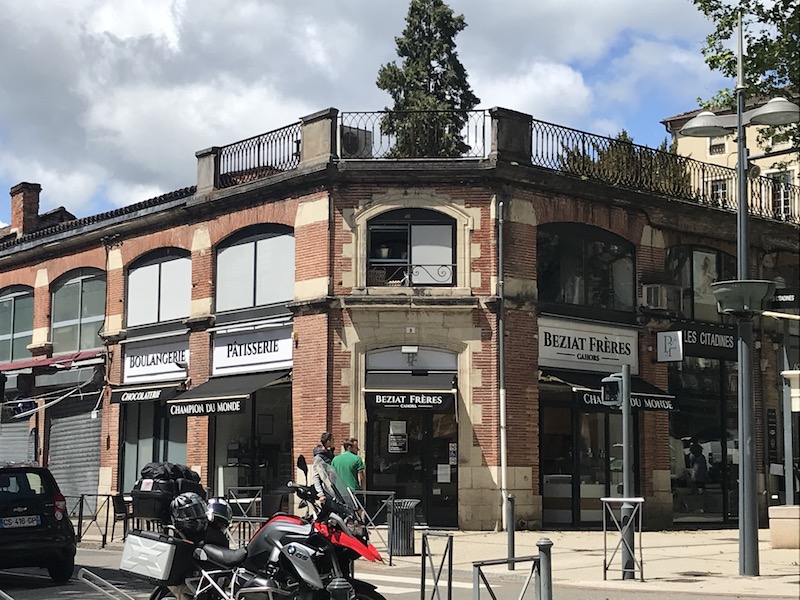
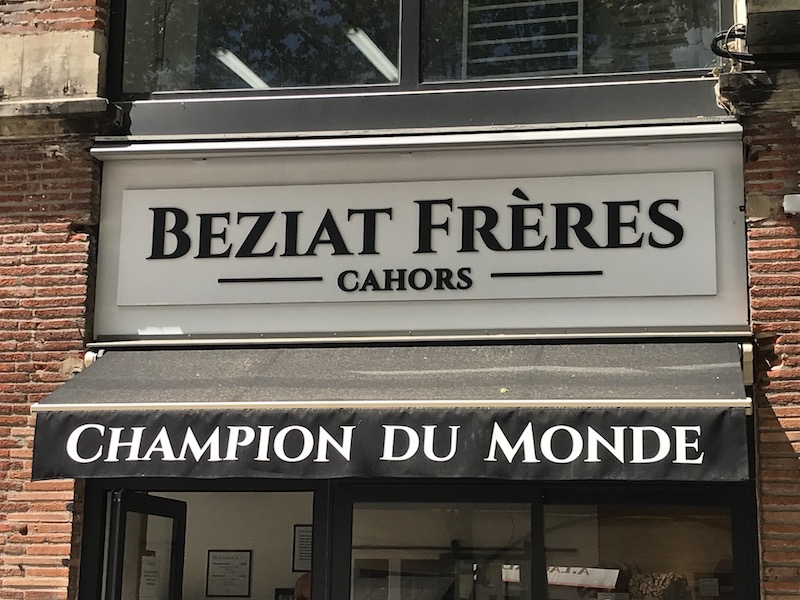

The Arch of Diana is the main vestige of the Roman baths of Divona Cadurcorum, the Gallo-Roman city that became Cahors. Contrary to what one might think, it is not a temple dedicated to the goddess Diana. The baths and therefore the arc date from the 1st and 2nd centuries. The total floor area was approximately 3000 m2.
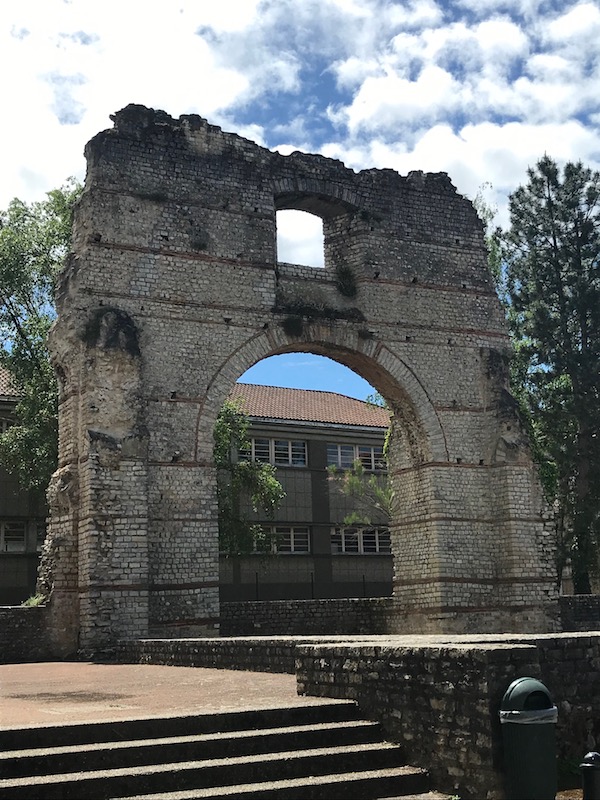
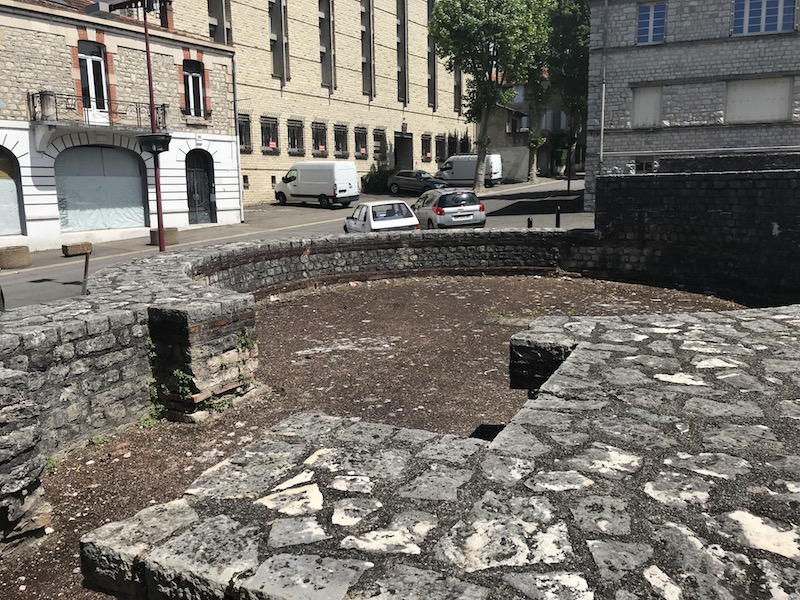
The Fontaine des Chartreux (the rocks behind the little bridge) is a limestone spring, once a place of worship of the goddess Divona, goddess of waters of Celtic origin. In 1989, a bunch of Roman coins were found, which tells us that there was a cult for Divona here in the 1st century BC and the 1st century AD. In the Middle Ages, a mill used the waters from the fountain, and in 1360 it was taken over by the Chartreux Convent (where it takes its current name).

The Hôtel Roaldès, also called the House of Henri IV House, was built in the 15th century. The names come from the fact that King Henry IV stayed here during the Wars of Religion in 1580, and from the Roaldès family who purchased the home in 1661. It stayed in the Roaldès family until 1880 but then was bought again by another member of the Roaldès family in 1912. I found an article that mentioned that in 2013, it was for sale (for just over 1 million euros).

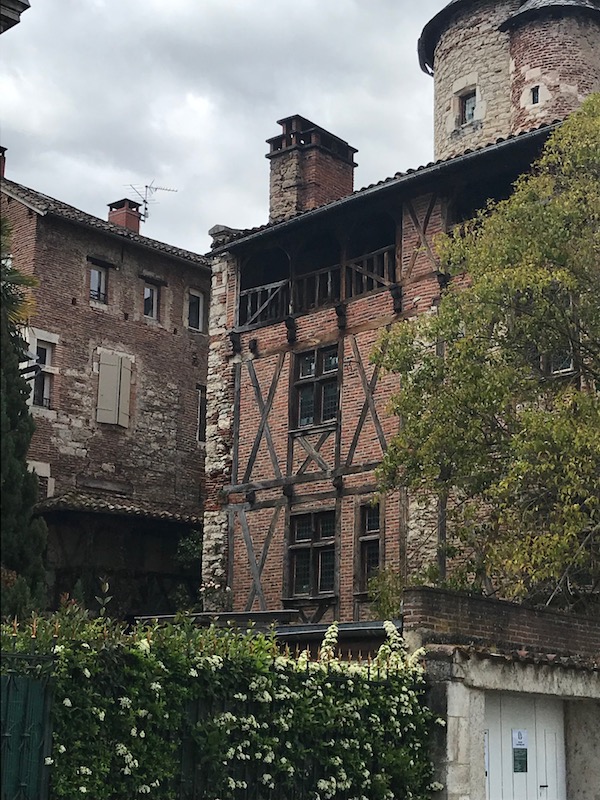
A few final pictures to show the steep cliffs with the river that nearly surround the city.

